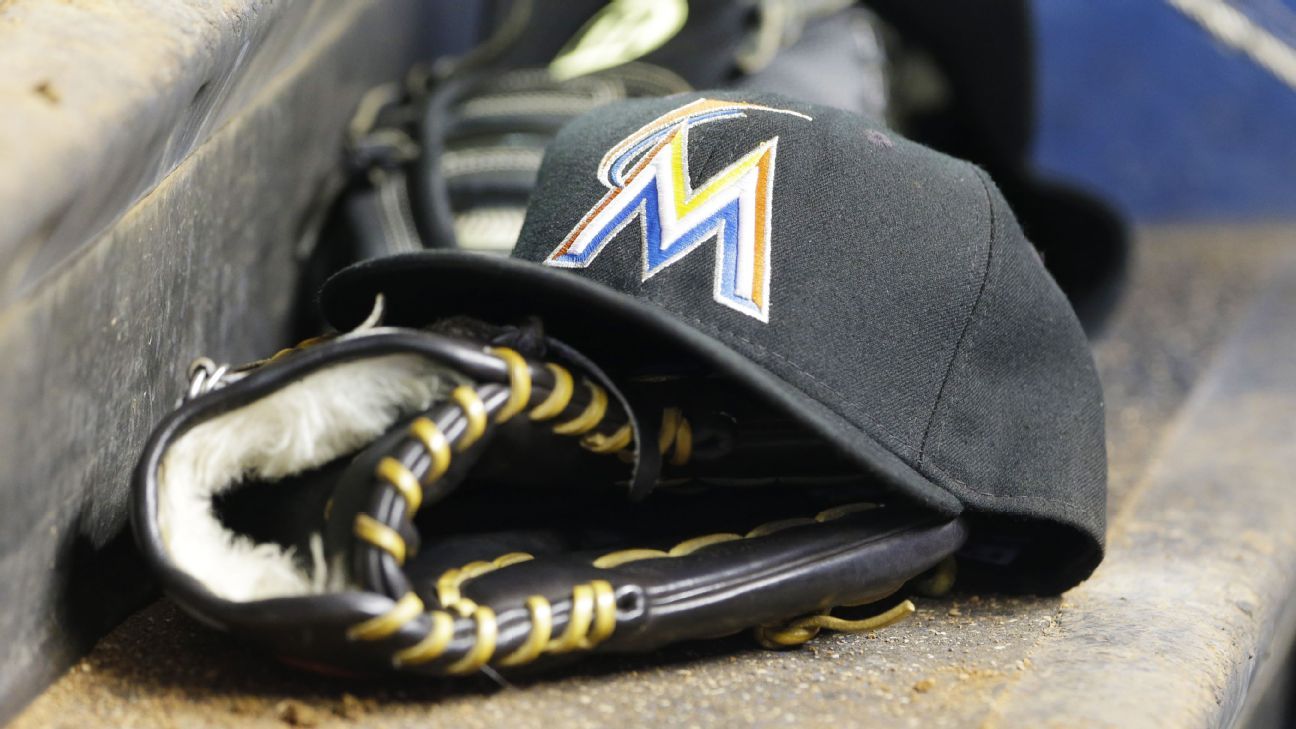Miami Project and Gel4Med, Inc., Collaborate to Study Novel Approach to Spinal Cord Injuries
Share
Article Summary
- The Department of Defense has awarded principal investigator Damien Pearse, Ph.D., and co-investigator Manav Mehta, Ph.D., a $1.75 million, three-year grant to study spinal cord injury.
- The research will use Gel4Med’s Smart Materials Platform™ as a vehicle to deliver Schwann cells to the injury site.
- The research award focuses on preclinical studies that could pave the way for an investigational new drug application.
The Department of Defense (DoD) has awarded The Miami Project to Cure Paralysis principal investigator Damien Pearse, Ph.D., professor of neurological surgery at the University of Miami Miller School of Medicine, and co-investigator Manav Mehta, Ph.D., CEO of Gel4Med, a $1.75 million, three-year grant to study a novel approach to treating spinal cord injury.
The research will focus on a new method for cell therapy using Gel4Med’s proprietary Smart Materials Platform™ to deliver Schwann cells to the injury site .
On the Pathway to New Therapies
The translational research award focuses on preclinical studies that could pave the way for an investigational new drug application with the FDA and clinical trials in humans using the combination of cells and biomaterials.
Investigators at The Miami Project, a Center of Excellence, have translated Schwann cells from experimental models to multiple human safety and feasibility trials in spinal cord injury and peripheral nerve injury repair over the course of the last two decades, according to Dr. Pearse, the John M. and Jocelyn H.K. Watkins Distinguished Chair in Cell Therapies.

“We are now looking at how to overcome limitations associated with Schwann cell transplantation while improving the cells’ ability to survive, integrate and repair the injured spinal cord, which is why our partnership with Gel4Med came to life,” Dr. Pearse said. “Our collaborative findings could eventually lead to improved function and quality of life for people with spinal cord injuries.”
Using Biomimetic Matrices
Dr. Mehta spearheads the development of biosynthetic materials for spinal cord injury repair. Gel4Med’s expertise in nano-engineering the extracellular matrix introduces a new dimension to localized delivery of Schwann cells.
Recently, the Harvard University-based company received FDA clearance for their wound care product line, G4Derm and G4Derm Plus. Gel4Med has pipeline programs across therapeutic areas that may benefit from biomimetic matrices, such as spinal cord injury.
Preliminary studies showed that combining Schwann cells with Gel4Med’s peptide matrices was beneficial for cell survival and growth. After the promising preliminary studies, Dr. Pearse partnered with Dr. Mehta on the DoD grant to explore the potential of this research.
The DoD is funding studying spinal cord injuries in animal models to see if the novel combination improves outcomes more effectively than the therapies alone.
“By combining the novel approach in polypeptide-based biomaterial from Gel4Med and Schwann cells, we hope to improve the Schwann cells’ ability to survive, integrate with the host spinal tissue and facilitate repair of the injured spinal cord,” Dr. Pearse said. “Our findings will help generate data to support undertaking phase 2 clinical trials in human spinal cord injury using the combined approach.”
The Miami Project’s History in Schwann Cell Research
About 18,000 Americans experience traumatic spinal cord injury each year, according to the National Spinal Cord Injury Statistical Center. Spinal cord injury has taken a huge toll on this country’s military, affecting an estimated 42,000 wounded warriors, according to the U.S. Department of Veterans Affairs.
Cell transplantation is a promising investigational therapy for restoring function and quality-of-life after spinal cord injury, according to Dr. Pearse.
Schwann cells are a type of nervous system cell that wrap around nerve fibers, or axons, to create the myelin sheath. The myelin sheath allows electricity to conduct neural communication. While Schwann cells are normally wrapped around all the nerve fibers in the peripheral nervous system impacting the arms, legs and chest, Miami Project investigators have found that transplanting Schwann cells into injured spinal cords can safely and effectively help repair the central nervous system.
“From 2007 to 2012, I worked with a large team of investigators to conduct studies in animal models that the FDA required in order to show that Schwann cells were safe, that the delivery approach we wanted to use in translating this therapy to human spinal cord injury was feasible and that we had indications that the approach could effectively improve outcomes after spinal cord injury,” Dr. Pearse said. “During those years, we demonstrated that we could achieve those milestones.”
Prior investigations were also supported in part by the DoD.
Miami Project investigators subsequently conducted phase 1 clinical trials looking at the feasibility and safety of using Schwann cell transplantation in humans with complete injuries (no feeling below the injury), incomplete spinal cord injuries (some sensation or movement) and injuries to the either the thoracic or cervical level of the spinal cord.
The next step is to move toward a phase 2 clinical trial to demonstrate efficacy of the approach in humans, according to Dr. Pearse.
“Our research to date has shown that combining Schwann cells with other strategies can provide much greater improvements in outcome,” Dr. Pearce said. “From all those approaches, we’ve been most fascinated by the use of biomaterials or matrices. Utilizing Gel4Med’s cell delivery platform, we anticipate improving the ability to locally deliver, protect and functionalize the Schwann cells within the spinal cord injury site to regain axon function.”
Additional collaborators include James Guest, M.D., Ph.D., professor of neurological surgery in the Miller School, and Mousumi Ghosh, Ph.D., research assistant professor of neurological surgery iin the Miller School.
Rachel Cowan, Ph.D., a former faculty member in the Department of Neurological Surgery at the Miller School and now an associate professor at the University of Alabama at Birmingham, is involved in the study as a spinal cord injury lived experience consultant.
Tags: Dr. Damien Pearse, Schwann cells, spinal cord injuries, The Miami Project to Cure Paralysis



